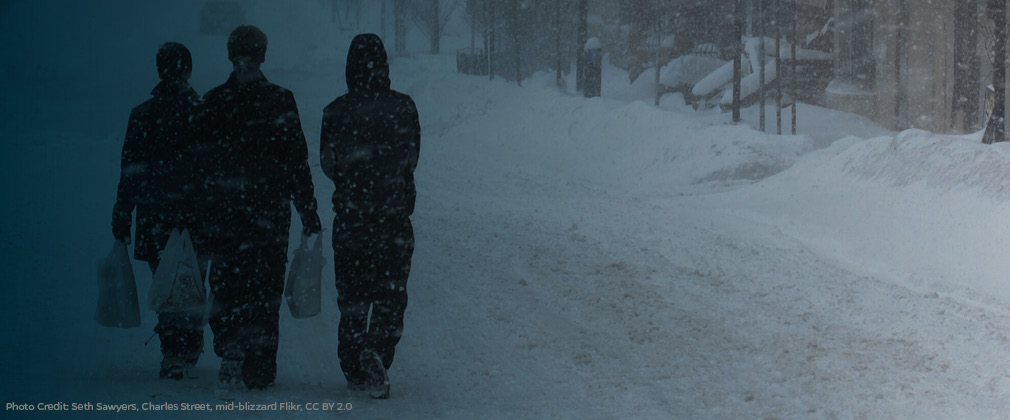New Food System Resilience Planning Guide Helps Cities Prepare for Disruptions
Dec 07, 2022

Resilience Planning Guide Page
The Johns Hopkins Center for a Livable Future (CLF) and the Bloomberg Center for Government Excellence developed a new tool, Food System Resilience: A Planning Guide for Local Governments, for local governments to prepare for food systems disruptions caused by natural and human-made disasters. As local governments around the United States have started to take action to prevent the consequences of food system disruptions, they’ve found that limited information is available to support this work. “Recent social, political and climate disasters highlight the need for municipalities to be better prepared to confront the challenges to their food systems. This guide provides tools for taking on that work in a strategic way that builds on assets, addresses historic inequities, and strengthens capacity across the board,” says Roni Neff, Associate Professor, Johns Hopkins Center for a Livable Future.
The COVID-19 pandemic was just one of many threats to the food system and highlighted the need for sub-national government preparation and planning to strengthen food systems to withstand disruptive events. During a year-long process, the Planning Guide was developed in collaboration with researchers at the Johns Hopkins Center for a Livable Future, the Bloomberg Center for Government Excellence, and representatives from five US cities: Austin, Texas; Baltimore, Maryland; Denver, Colorado; Moorhead, Minnesota; and Orlando, Florida. Participants were selected to represent diverse interests and challenges and to combine evidence and on-the-ground experiences from practitioners.
The Planning Guide provides information, resources and numerous tools for local governments to build local food system resilience by either creating a stand-alone food system resilience plan or embedding strategies for food system resilience into local government plans. “Effective food systems work requires meaningful collaboration with community partners and community members. We hope this planning guide can be a tool to catalyze multiple stakeholders and lead to broader food system resilience beyond a single entity,” says Meg Burke, Researcher, Bloomberg Center for Government Excellence.
The Planning Guide offers six modules, starting with a foundation in equity in resilience, to define, assess, strategize, implement and measure food system resilience. “As new evidence emerges and food system resilience as a field of study grows, practices in this guide are sure to adapt and change. This guide offers a place to start,” says Elsie Moore, PhD candidate, Johns Hopkins Bloomberg School of Public Health. While the Planning Guide can be used as a tool for local government staff and policymakers, those outside of the public sector interested in starting or advancing work in food system resilience will also benefit from strategies in the guide. Food system resiliency planning will continue to be critical for preparing for disrupting events, responding to disasters, and creating a more equitable and just system.
“Food System Resilience: A Planning Guide for Local Governments,” was written by Elsie Moore, Erin Biehl, Meg Burke, Karen Bassarab, Caitlin Misiaszek, and Roni Neff.